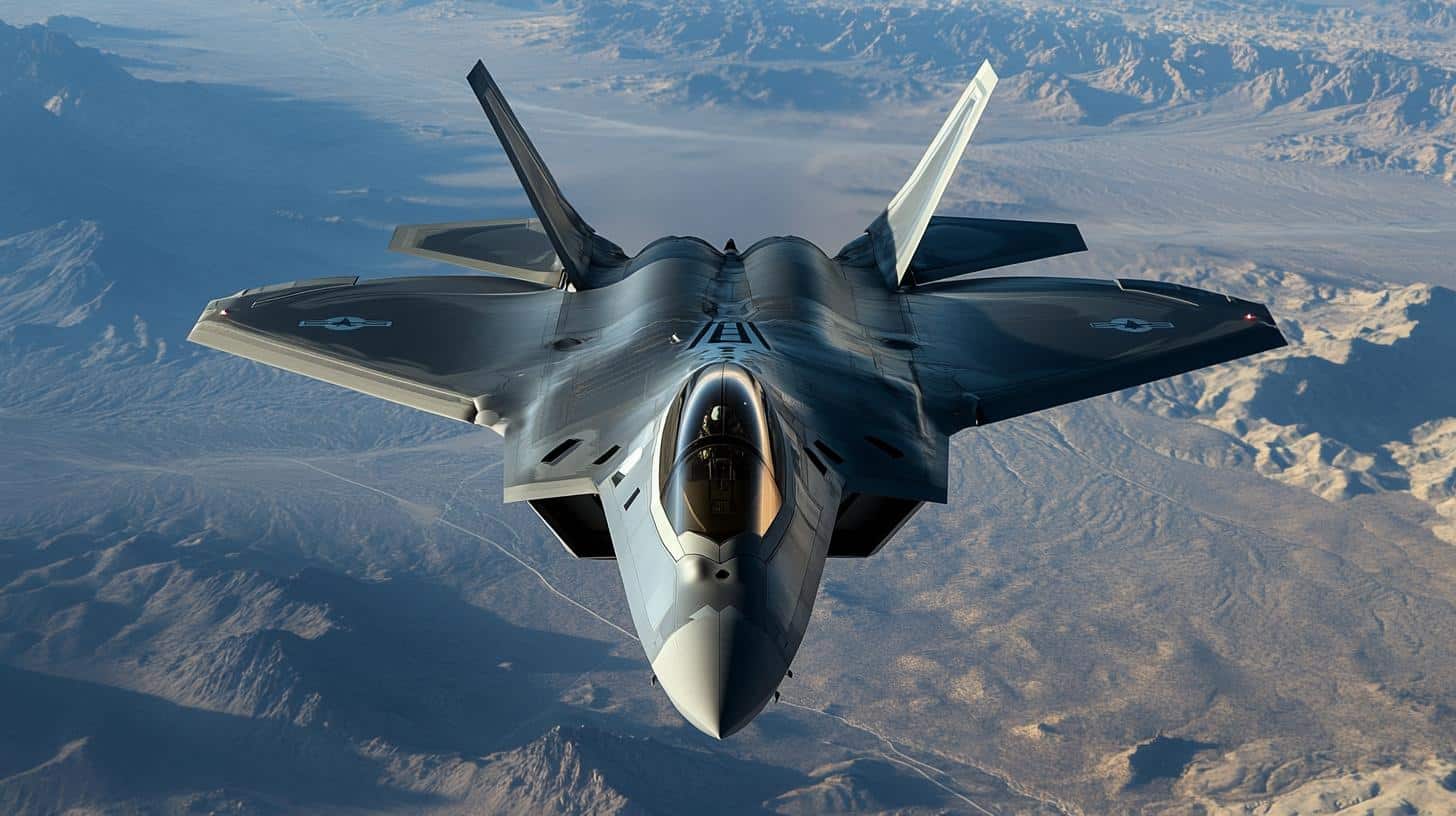The U.S. Air Force is at a crossroads with its Next-Generation Air Dominance (NGAD) initiative, which aims to replace the F-22 Raptor with advanced sixth-generation warplanes. Despite showcasing cutting-edge technology, the program faces significant challenges due to its escalating expenses.
The projected cost of each NGAD fighter could reach $300 million, prompting reconsideration of its feasibility. In response, the Air Force is deliberating alternative ideas, including a flexible “Light Fighter” concept that emphasizes adaptability and affordability. This novel approach aims to balance advancing technology with economic pragmatism, offering a potential solution to maintaining air superiority without breaking the bank.
Originally conceived over a decade ago, in March 2014, the NGAD project evolved from comprehensive analyses conducted by the Defense Advanced Research Project Agency (DARPA) aimed at securing air dominance for the 2030s. These studies led to the launch of the Aerospace Innovation Initiative (AII) in 2015, setting the stage for developing experimental aircraft to advance future aircraft technologies.
Although NGAD has made notable progress, including successful flight demonstrations, its future remains uncertain amid financial scrutiny. As explained by military analysts, each aircraft’s price tag looms large, akin to the costly F-35 program. High cost and fear of obsolescence underlie the shift towards concepts emphasizing adaptability rather than longevity, offering potential incremental upgrades through technologies like modular design and digital engineering.
The outcome of these evaluations will significantly influence the U.S. military’s strategic posture in aerial combat, determining how it reconciles cutting-edge advancements with fiscal prudence and long-term effectiveness.
The Impact of the Next-Generation Air Dominance (NGAD) Initiative on Modern Warfare and Global Politics
The ambitious Next-Generation Air Dominance (NGAD) initiative by the U.S. Air Force is a testament to modern engineering and technological prowess, aiming to replace the formidable F-22 Raptor with a fleet of advanced sixth-generation warplanes. However, as groundbreaking as this project may be, it is not without its profound impact on the lives of individuals, communities, and even entire nations.
A High Cost of Security
The projected expense of $300 million per NGAD fighter hints at an imposing economic burden not just for the military, but for the federal budget and, indirectly, U.S. taxpayers. Such investments invariably draw resources from other essential areas such as education, healthcare, and infrastructure. Communities often face difficult discussions about spending priorities, balancing defense readiness with domestic needs.
Technological Advancements and Global Positioning
Technological leadership often translates to geopolitical power. Success in the NGAD project may solidify the U.S. position as a leader in military aviation, ensuring dominance in international relations and deterring potential adversaries. However, these advancements can spark an arms race, prompting other nations to invest heavily in similar technologies, as seen with China and Russia’s efforts to develop their own sixth-generation fighters.
Adaptability as a New Focus
The paradigm shift toward options like the “Light Fighter” concept highlights a broader military strategy emphasizing adaptability. This approach not only aims to keep costs manageable but also ensures that the airfleet can be rapidly updated to counter emerging threats. This modular and digital engineering method echoes in other defense strategies worldwide, setting a trend towards flexibility in military procurement.
Controversies and Challenges
One of the most debated aspects of the NGAD initiative is its cost and the potential for obsolescence. Critics fear that, much like the F-35 program, prohibitive costs may demand hard choices about the number of planes procured or programs postponed in favor of affordability. Communities around bases that potentially host these new aircraft are keenly aware of the economic impact tied to such decisions.
The Future of Air Combat and Strategy
The outcome of the NGAD evaluations will indelibly shape the U.S. military’s strategic capabilities. A successful program could mean sustained air superiority and security for the nation, while budget overruns or technological failures could necessitate severe strategic reevaluations.
Ultimately, the NGAD initiative reflects broader global challenges: how to maintain a balance between cutting-edge technological advancement and economic prudence, and how to adapt to changing geopolitical landscapes and security dynamics.
For more insights, visit U.S. Air Force and Defense Advanced Research Projects Agency.















